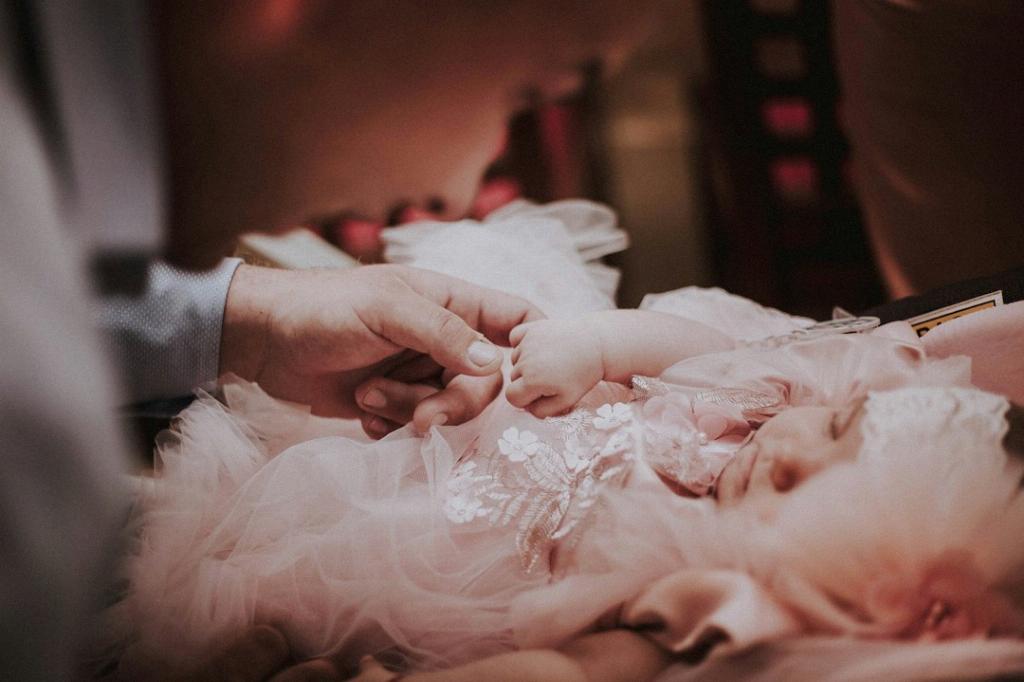Thrush is a common fungal infection caused by the Candida albicans yeast. When it affects the breasts or nipples of a breastfeeding mother, it can lead to discomfort and pain. It is essential to address thrush promptly to ensure both you and your baby receive the necessary treatment.
Symptoms of Breast or Nipple Thrush
The symptoms of thrush while breastfeeding can include sharp shooting pains in the breast during or after feedings, itchy or sensitive nipples, and deep breast pain. You may also notice red, shiny, or flaky skin on your nipples.
Seeking Medical Advice
If you suspect you have thrush while breastfeeding, it is crucial to consult with a healthcare provider or lactation consultant. They can provide a proper diagnosis and recommend the appropriate treatment options for you and your baby.
Treatment for Breast or Nipple Thrush
The treatment for breast or nipple thrush typically involves antifungal medications such as tablets or creams. These medications help combat the Candida yeast overgrowth and alleviate symptoms.
Addressing Thrush in Your Baby
It is essential to treat thrush in your baby’s mouth if they are also experiencing symptoms. Your healthcare provider may prescribe an oral gel or drops to manage the fungal infection in your baby.
Preventing Thrush Recurrence
To prevent thrush from recurring, it is crucial to practice good hygiene, such as washing hands frequently and sterilizing any items that come into contact with your breasts or your baby’s mouth.
Supportive Measures for Healing
In addition to medication, you can find relief by using warm compresses on your breasts, wearing breathable cotton bras, and ensuring proper latch and positioning during breastfeeding sessions.
Hydration and Nutrition
Staying hydrated and maintaining a balanced diet rich in probiotics can support your immune system and help combat fungal infections like thrush.
Communication with Your Healthcare Provider
Keep an open line of communication with your healthcare provider throughout your treatment to monitor progress, address any concerns, and make any necessary adjustments to your treatment plan.
Emotional Support and Self-Care
Coping with thrush while breastfeeding can be challenging, so remember to prioritize self-care and seek emotional support from loved ones or support groups to help you through this period.
Consulting a Lactation Consultant
If you continue to experience difficulties with breastfeeding or thrush treatment, consider seeking the guidance of a lactation consultant who can provide specialized support and advice.
Conclusion
Dealing with thrush while breastfeeding requires a multi-faceted approach that includes medical treatment, preventive measures, and self-care. By following the guidance of your healthcare provider and implementing supportive measures, you can effectively manage and overcome thrush for both you and your baby.

